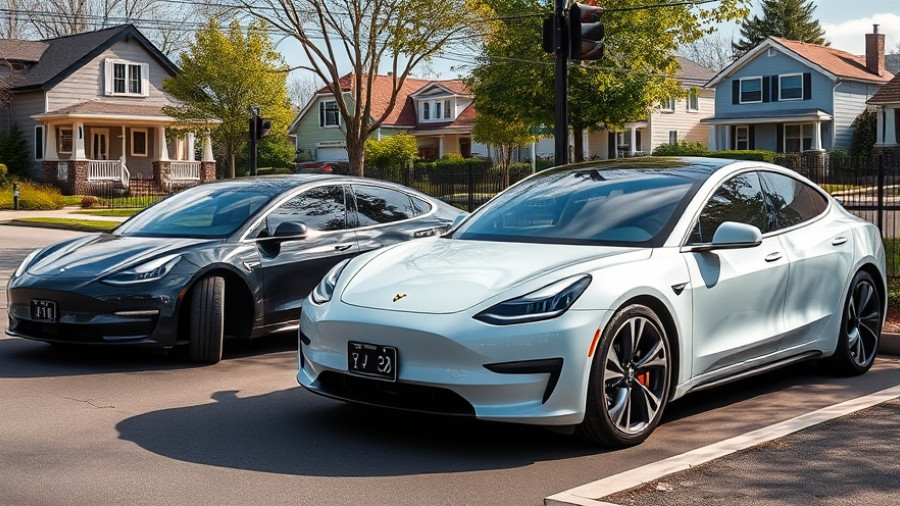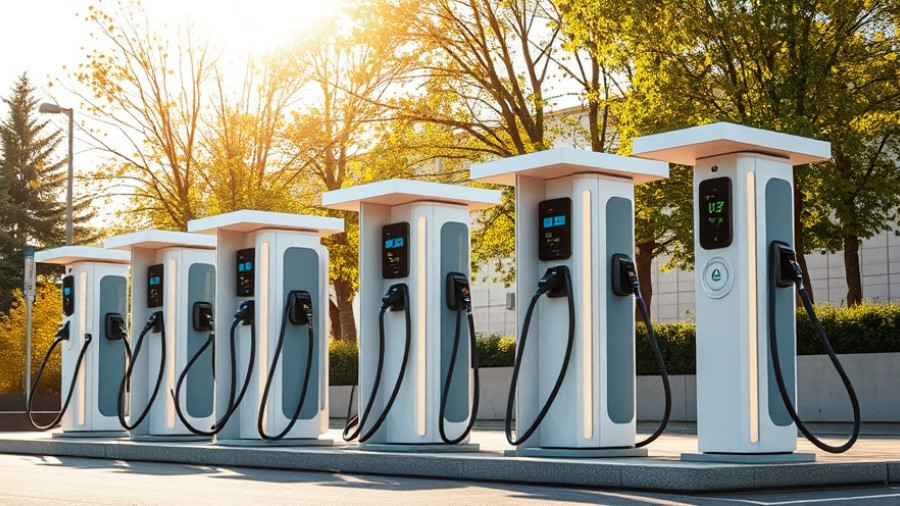
The Environmental Impact of Electric Vehicles: A Deeper Look
As electric vehicles (EVs) gain traction, many wonder about their environmental impact. The question, "Are EVs worse for the environment?" invites us to explore the complexities surrounding this topic. While traditional combustion engines have long been known for their pollution, EVs promise cleaner journeys. Yet, some studies suggest that manufacturing EVs can have a higher carbon footprint due to battery components. Let’s break down the implications for our planet.
---
Understanding the Battery Production Dilemma
The process of producing lithium-ion batteries, which power most electric vehicles, is power-intensive. Mining for lithium, cobalt, and nickel can lead to significant environmental degradation. However, it’s essential to consider not just the production phase but the entire lifecycle of vehicles. Once on the road, EVs tend to produce fewer emissions over time.
Renewable Energy and EVs: A Powerful Pair
Another critical factor lies in the power sources fueling these electric vehicles. If an EV is charged using renewable energy—like solar or wind—its carbon footprint dramatically decreases compared to a vehicle powered by fossil fuels. As electricity grids become greener, the advantages of EVs will increase, further undermining claims that they are environmentally detrimental.
The Impact of Driving Habits
Driving patterns also play a significant role in the overall emission levels associated with vehicles. An EV charged primarily on a coal-powered grid can, at times, contribute to more emissions than a gasoline car driven cautiously. Additionally, consumer behavior—like how often individuals drive and the distances they cover—determines their overall environmental footprint. Consequently, adopting eco-friendly habits alongside using EVs maximizes the positive environmental impact.
A Growing Trend in Sustainable Practices
More car manufacturers are committing to ethical sourcing and sustainable production processes. As awareness about environmental issues rises, further innovations in battery recycling and sustainable materials for manufacturing are emerging. This dedication to sustainability can mitigate many concerns about the environmental impacts of electric vehicles.
Looking Ahead: Environmental Benefits of EVs
As technology continues to evolve, the environmental advantages of electric vehicles are expected to increase. Advanced battery technologies promise longer lifespans and greater recycling capabilities, making future EVs even more sustainable. Therefore, while debating whether electric vehicles are worse for the environment, it is crucial to take a holistic view and understand the larger narrative on sustainability.
In the discussion of EVs’ environmental credentials, it’s important to recognize innovations in green technologies that can transform our transportation landscape.
 Add Row
Add Row  Add
Add 



Write A Comment